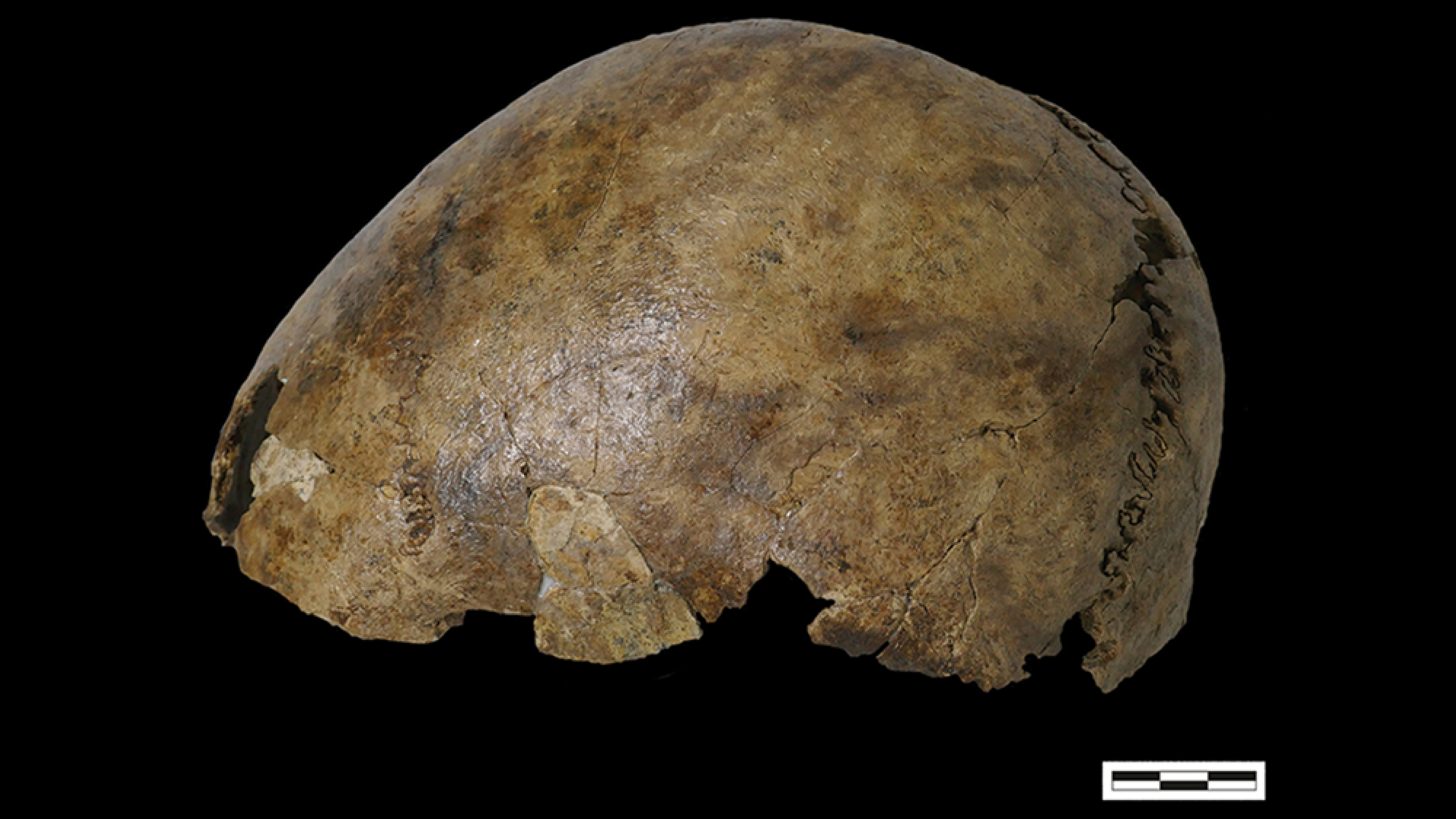Behavioral Sciences, Vol. 13, Pages 486: Factors Influencing Participation in Physical Activity, Sports, and Exercise in Children and Adolescents with Spinal Pain or Spinal Conditions: A Systematic Review and Meta-Ethnography
Behavioral Sciences doi: 10.3390/bs13060486
Authors: Susanna Tucker Nicola R. Heneghan Adrian Gardner Alison Rushton Samia Alamrani Andrew Soundy
Background: Physical activity is an effective treatment for paediatric spinal pain. However, participation rates remain low and review evidence is needed to establish why. This review identifies factors influencing participation in sports, exercise, and physical activity in those aged 18 or under with spinal pain or spinal conditions. Trends or differences between discrete sub-populations are identified. Methods: A meta-ethnographic review was undertaken. Qualitative papers were identified and appraised using the JBI checklist. Thematic trends were mapped onto the biopsychosocial model and subthemes identified. Uniqueness was calculated and the confidence in the evidence was evaluated using the GRADE-CERQual tool. Results: Data were gathered from nine qualitative papers (384 participants). Three themes were identified: (1) biological: physical challenges and bladder and bowel care; (2) psychological: perceptions of differences to peers, struggle, anger, sadness, adjustment, and acceptance; and (3) sociological: influence of friends, social acceptance, negative attitudes from others, and the influence of their disability on family routine. Conclusions: Sociological factors were most influential on exercise participation alongside related psychological and biological factors. Adolescents over 14 years offered greater critical insight compared to the younger children. Results are best applied to neuromuscular conditions with further robust evidence required in paediatric musculoskeletal spinal pain.

 1 year ago
53
1 year ago
53


